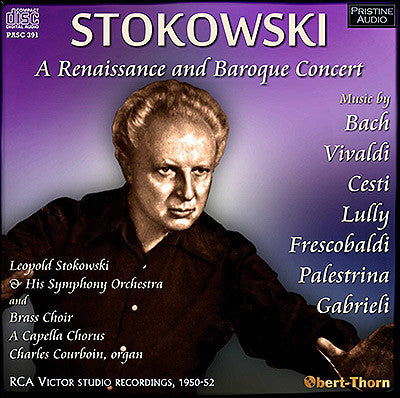Palestrina

Giovanni Pierluigi da Palestrina (c. 1525 – February 1594) was an Italian Renaissance composer of sacred music and the best-known 16th-century representative of the Roman School of musical composition. He had a lasting influence on the development of church music, and his work has often been seen as the culmination of Renaissance polyphony.
Palestrina was famous in his day, and if anything, his reputation increased after his death. Conservative music of the Roman school continued to be written in his style (which in the 17th century came to be known as the prima pratica) by such students of his as Giovanni Maria Nanino, Ruggiero Giovanelli, Arcangelo Crivelli, Teofilo Gargari, Francesco Soriano, and Gregorio Allegri. It is also thought that Salvatore Sacco may have been a student of Palestrina, as well as Giovanni Dragoni, who later went on to become choirmaster in the church of S. Giovanni in Laterano. As late as the 1750s, Palestrina's style was still the reference for composers working in the motet form, as can be seen by Francesco Barsanti's Sei Antifones 'in the style of Palestrina' (c. 1750; published by [Peter] Welcker, c. 1762).
Much research on Palestrina was done in the 19th century by Giuseppe Baini, who published a monograph in 1828 which made Palestrina famous again and reinforced the already existing legend that he was the "Saviour of Church Music" during the reforms of the Council of Trent. The 19th century proclivity for hero-worship is predominant in this monograph, however, and this has remained with the composer to some degree to the present day. Hans Pfitzner's opera Palestrina shows this attitude at its peak.
It is only recently, with the discovery and publication of a great deal of hitherto unknown or forgotten music by various Renaissance composers, that it has been possible to properly assess Palestrina in a historical context. Though Palestrina represents late Renaissance music well, others such as Orlande de Lassus (a Franco-Flemish composer who also spent some of his early career in Italy) and William Byrd were arguably more versatile.[2] 20th and 21st century scholarship by and large retains the view that Palestrina was a strong and refined composer whose music represents a summit of technical perfection, while emphasizing that some of his contemporaries possessed equally individual voices even within the confines of "smooth polyphony". As a result, composers like Lassus and Byrd as well as Tomas Luis de Victoria have increasingly come to enjoy comparable reputations.
There are two comprehensive editions of Palestrina's works: a 33-volume edition published by Breitkopf and Härtel, in Leipzig Germany between 1862 and 1894 edited by Franz Xaver Haberl, and a 34-volume edition published in the mid twentieth century, by Fratelli Scalera, in Rome, Italy edited by R. Casimiri and others.

Palestrina
Giovanni Pierluigi da Palestrina (c. 1525 – February 1594) was an Italian Renaissance composer of sacred music and the best-known 16th-century representative of the Roman School of musical composition. He had a lasting influence on the development of church music, and his work has often been seen as the culmination of Renaissance polyphony.
Palestrina was famous in his day, and if anything, his reputation increased after his death. ...
Music by BACH, VIVALDI, CESTI, LULLY, FRESCOBALDI, PALESTRINA, GABRIELI
Studio recordings, 1950/52
Total duration: 75:40
Leopold Stokowski and
His Symphony Orchestra
Brass Choir
A Capella Chorus
Charles Courboin, organ
ARCADELT, JOSQUIN DE PRÉS, PALESTRINA Sacred Choral Music
Recorded 1929-1933
Duration 44:26
La Maitrise de la Cathedrale de Dijon
Choir of the Strasbourg Cathedral
Amsterdamsch A Capella Koor Bel Canto


